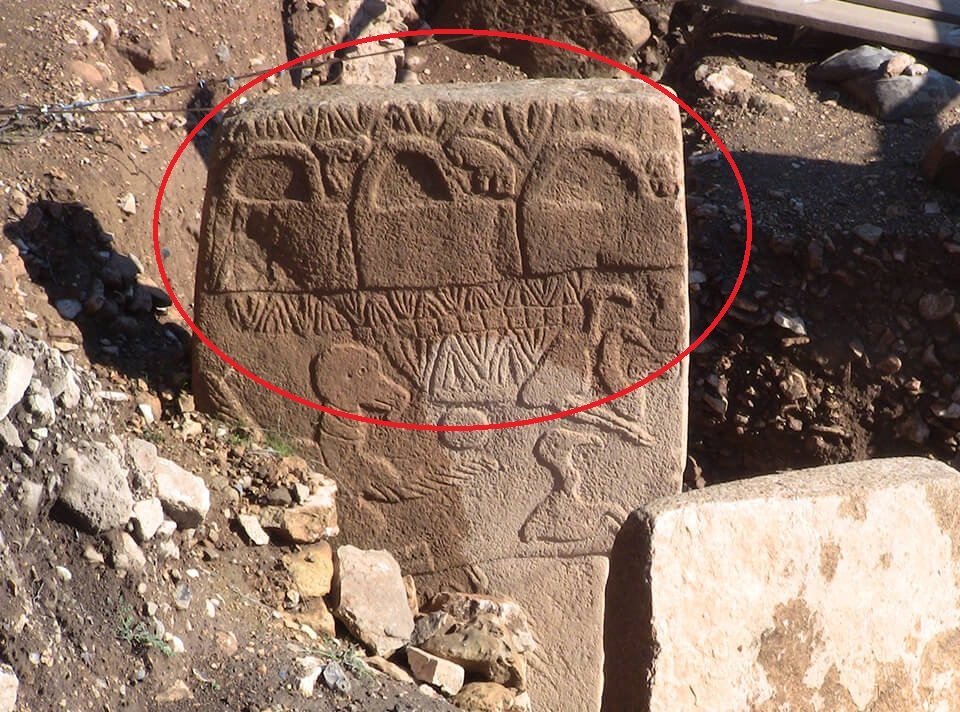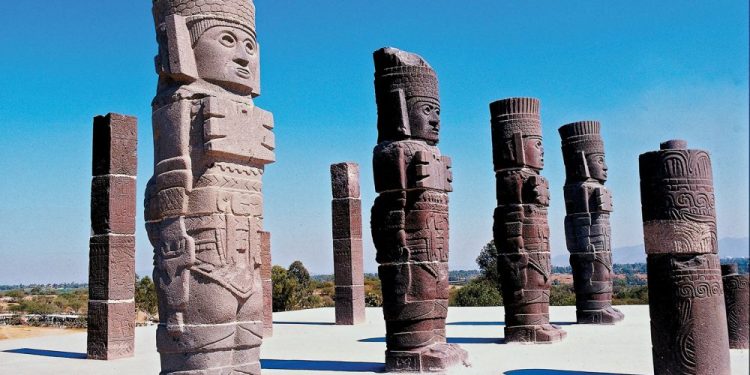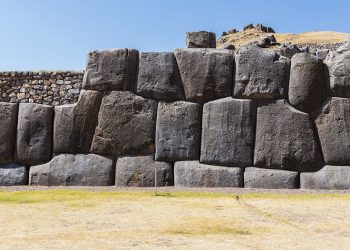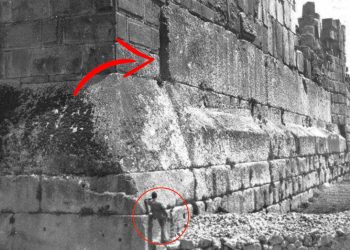More and more convincing evidence found over the last two or three decades proves that humanity is a species with amnesia. Countless discoveries around the globe make us question everything about the origins of humankind, ancient cultures, and history as a whole.
Slowly, piece by piece, we collect pieces of the MASSIVE puzzle that point us in the right direction when we look for answers whose questions conventional scientists cannot fully answer.
How would you explain the countless similarities among the civilizations that inhabited the Earth thousands of years ago, which were separated by tens of thousands of kilometers?
Why did almost all ancient cultures on Earth decide to build pyramids? And why do so many pyramids look so strangely alike? It is as if almost all ancient civilizations followed the same plan. It is as if ancient cultures were somehow interconnected thousands of years ago.

One of the most interesting and amazing enigmas can be traced back to ancient Mesopotamia – commonly called the Cradle of Civilization – where a mysterious motif makes many authors question the history they have taught us.
The ancient Sumerians depicted the ancient Anunnaki with, particularly curious objects. Two of the most interesting objects found in the ancient Sumerian deities are the “wristwatch,” found in almost all images, and the mysterious “Handbag of the gods.”
Curiously, if we travel thousands of miles around the globe from Mesopotamia to the Americas, we will find that the ancient Maya, Aztecs, and other ancient civilizations used the same motif of the Handbag of the Gods when depicting their deities.
Why did ancient civilizations worldwide illustrate their deities with the mysterious “Handbag of the Gods”?
Why did ancient civilizations in America, Egypt, and ancient Mesopotamia depict their deities with a mysterious object in their hand? Is it possible that the same gods visited all the ancient cultures in America, Egypt, and Mesopotamia?
Interestingly, the ancient Anunnaki were almost always represented in humanoid form, although many characteristics show clear differences between the Anunnaki and ordinary people. For example, the ancient Anunnaki gods’ facial features were always well-hidden thanks to the large beards.
The obvious question here is why? Why did ancient cultures – thousands of miles apart – portray their deities in almost identical ways? Besides, how is it possible that the ancient Sumerians depicted their gods carrying a mysterious Handbag and the people on the other side of the world did the same?
Mesoamerican Cases
At the archeological site of La Venta, created by the curious Olmec civilization, we find a stone stele depicting the ancient Mesoamerican god Quetzalcoatl, who holds in his hand the same “Handbag” that we see in the ancient Sumerian images.
But this is not the only place in Mexico where the curious image has been found. If we go to Tula, an important regional center that reached its zenith as the Toltec Empire’s capital, we will find their massive statues of the “Atlantes.” If we look closely, we will again notice the presence of the mysterious Handbag of the Gods. See the featured image at the top of this article and look at the right hands (our left) of the statues.
The Handbag of the Gods in Gobekli Tepe

If we go to Gobekli Tepe, located on a remote hill in southern Turkey, we will find the same image.
Gobekli Tepe is one of the oldest (if not the oldest) ancient megalithic temples on our planet. There, intertwined massive stone pillars, arranged in a string of rings, rise proudly and tell a thousand-year history when different civilizations ruled the planet.
The mysterious temple, which consists of three huge stone circles, was deliberately buried for some unknown reason in the distant past. After 13 years of excavations, archaeologists examining the ancient site have failed to find a single stone tool. No one can understand how ancient humanity, believed to have been incapable of such feats, managed to erect some of the largest stone structures on the planet.
What can we make of the identical depictions scattered around the world?
Does the presence of the mysterious handbag of the Gods indicate that all these cultures were mysteriously connected? Why do they all depict their gods carrying a mysterious handbag? What was in it?
And most importantly, how is it at all possible that the handbag is present in the various civilizations around the globe – which, according to conventional scientists, have never been connected?
What if the ancient Anunnaki, depicted by the ancient Sumerians, and the gods who visited the ancient Maya, Aztecs, Toltecs, and Olmecs are actually the same?
Join the discussion and participate in awesome giveaways in our mobile Telegram group. Join Curiosmos on Telegram Today. t.me/Curiosmos











